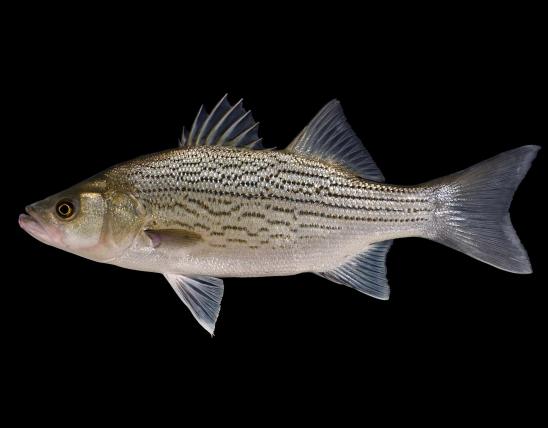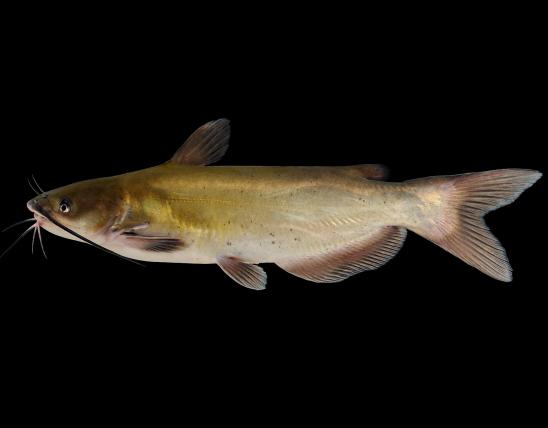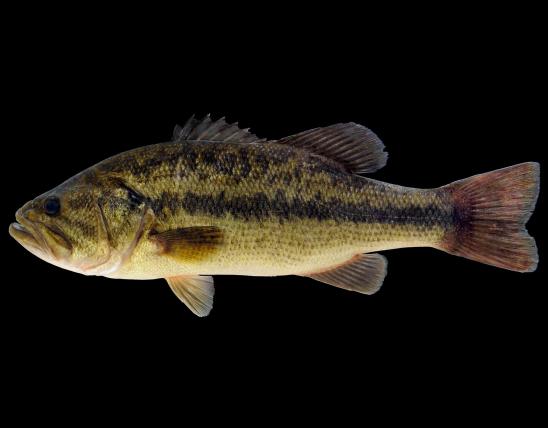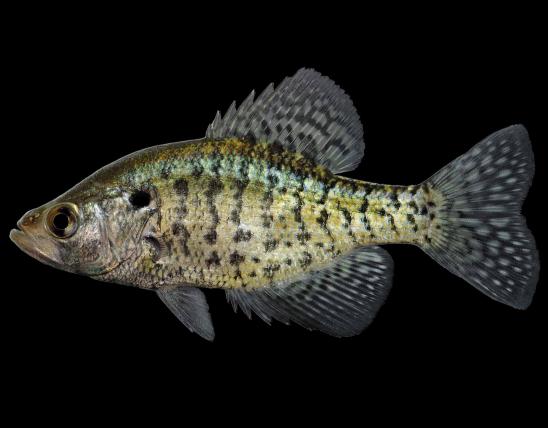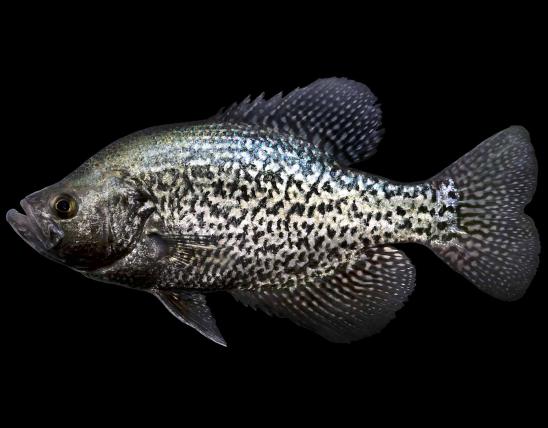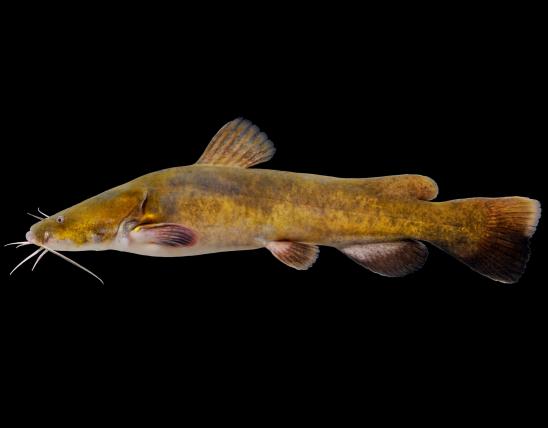Driving directions: On Highway 291 south of I-70, take the Lakewood/Bowlin Road exit, turn east, follow Bowlin Road until it ends at the lake and marina. Blue Springs Lake will again offer good fishing for several species.
Annual Prospects Report
The hybrid striped bass population is one of the best kept secrets in the Kansas City area. Over 7,000 young hybrids are stocked annually to maintain the population. Trolling or looking for schooling fish on the surface chasing shad are the best methods for locating hybrids. Once located by trolling, you can cast deep diving lures or jigging spoons to the area. Anglers should also look for schooling hybrids at the upper end of the lake near the Lake Jacomo spillway when water is flowing into Blue Springs Lake. The dam and windy main lake points in late summer and early fall can be very productive. Though hard to fish at times, the hybrid striped bass will be just offshore on windy points and banks as they pursue shad. Trolling diving crankbaits along drop-offs can be productive. Also, watch for hybrid striped bass hitting shad on the main lake side off the Woods Chapel bridge most of the season. Fish 10 pounds and larger are not uncommon, so heavier fishing gear should be used.
The largemouth bass fishing will be fair for both legal (greater-than 15-inches) and sublegal (less-than 15-inches) fish. Anglers should concentrate their efforts along the outside edges of the weed beds and in the fallen timber east of Woods Chapel Road. Lay down trees along the main lake shoreline seem to always hold fish and using a plastic worm or slow-moving bait can induce strikes in heavy cover. In the fall, try the drop-offs on the main lake and the channels in the coves. Black crappie are smaller and more abundant than white crappie, but fish over 10 inches can be readily caught. Fish the standing timber and brush piles during all times of the year except the spawning season. During the spawning season, gravel banks and steep cut banks hold lots of fish. Laydowns and rocks can concentrate fish in April. In the fall, crappie move shallow again to feed heavily before winter. Target the same areas you do in the spring.
Channel catfish provide excellent fishing from April through October. Only rod and reel fishing is allowed. Fish on the flats near Woods Chapel Road or along the dam in June. Prepared baits work well most of the year but live bait along the dam in June is very effective. Don't limit yourself to just night crawlers either, live sunfish can be excellent bait in June. The flathead catfish population is well established and fish up to 50+ pounds can be caught. Live bait is a necessity when fishing for large flatheads and green sunfish can be caught in the rocks along the dam for bait. Fish the standing timber along the edges of the channels and in the mouth of timbered coves. The dam can be productive as well.
In the spring of 2023, brush piles were introduced in the northern end of the lake to increase available habitat. Locations of brush piles can be found on mdc.mo.gov.
Eurasian water milfoil continues to be the dominant species of aquatic vegetation in the lake. To help avoid spreading this invasive plant, take care to wash water milfoil from boats and trailers before transporting to other waterbodies. Anglers should also take care when moving from lake to lake to disinfect their boats to prevent the spread of zebra mussels. Zebra mussels were discovered in Blue Springs Lake in 2017. Please clean, drain, and dry your boat before taking it to another lake.
On Highway 291/I-470 south of I-70, take the Lakewood/Bowlin Road exit, turn east, follow Bowlin Road until it ends at the lake and marina.























